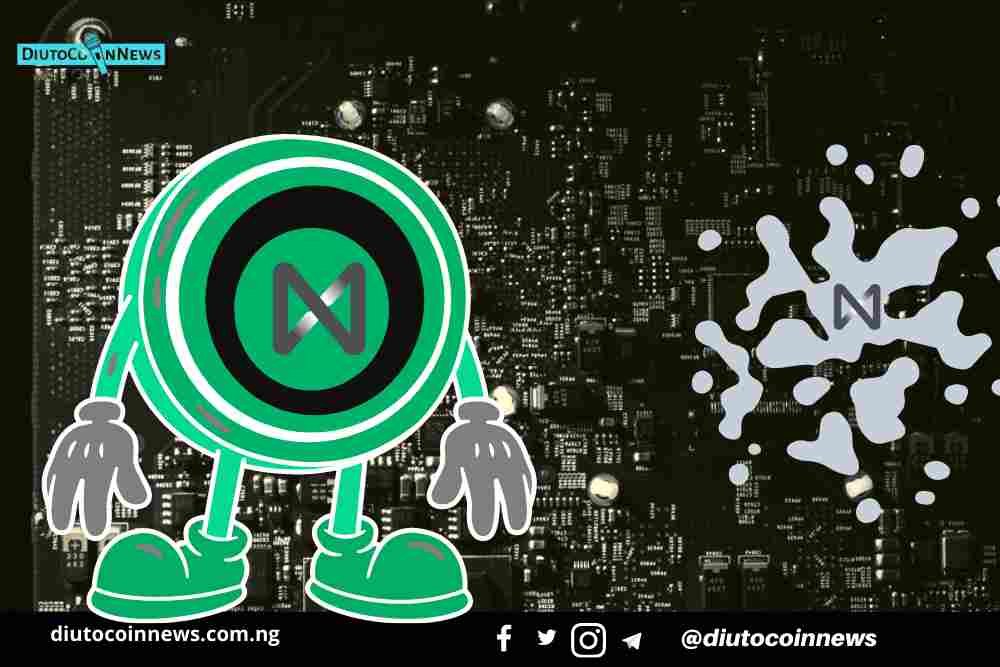All blockchains have something in common and that is the need for someone to validate transactions.
While on the bitcoin and ethereum blockchain you’ll need a lot of resources in electricity and sophisticated computers to solve very complex mathematical problems which is also known as the Proof of Work (PoW), on the Near blockchain.
And some of it’s kind you only need some amount of tokens to stake and earn rewards this is known as the Proof of Stake (PoS) chain.
In simple terms, you get to stake your coins with people who have the required resources to act as validators to share profits earned with. Staking your coins give you power in decision making on the protocol by having voting rights based on your stake.

Why stake on Near?
Staking is just like depositing your money with a company for them to invest and make profits and you end up getting a share of the profits. Or like financial institutions such as banks where you get a meagre 1% as interest.
So it’s a way of a passive income and when investing your money or saving them in a bank you what to ensure the integrity so as to make sure your funds are safe. Just as banks, crypto projects could fail and may end up loosing your money. Staking proves to be a very enticing way to make passive income in the cryptocurrency market as you stand to get from 5% to as high as anything as annualized yield which is paid daily as rewards into your wallet.
So the big question is now why stake your coins on near protocol?
First and foremost NEAR Protocol uses Proof-of-Stake (PoS) consensus to secure and validate transactions on the blockchain. The blockchain is run by a decentralized network of Validators, a community of operators who run the servers needed to keep the network operational.
NEAR uses a Proof-of-Stake mechanism to ensure that transactions are validated correctly which is secured and makes it very difficult and expensive for an adversary to attack the network because creating new blocks with false information requires tokens.
For this reason, validators must stake tokens in order to produce and verify blocks, and in return they earn rewards that come from token supply and transaction fees. Delegators provide additional stake to support the validators, this in total will improve reliability and security of the network.
Here are some reasons why near should be your choice:
The technology behind near makes it very fast and reliable as the blockchain could validate as high as 100000 transactions per second as opposed to bitcoin 7 and ethereum 15.
Transaction cost are way cheaper up to 10000 times cheaper, and developers get to build their decentralized apps in as less as 5 minutes.
The team behind the project includes Alex Skidanov former Microsoft software developer and MemSQL Director of Engineering, as co-founder. Co-founder and Chief Technical Officer of Near, Ilya is former Engineering Manger at Google.
Because NEAR utilizes Proof of Stake for consensus, inflation rewards are distributed to incentivize participation in the network through Staking. This means that every NEAR token in circulation can produce new tokens to its owner if they are staked to an active staking pool.
How can you stake your NEAR?
Near staking is currently live on the Near wallet. To read on more about how to create your near wallet you can read our article on that here.
You will have to deposit near to your wallet to activate it then search up a validator with which you wish to stake your near.
Who’s a Validator on NEAR Protocol?
Validators are actually nodes who have pooled up resources to validate transactions on the Near blockchain just as with miners on the bitcoin blockchain. What you stand to get Staking your near tokens.
A validator represents the community of node runners that verify transactions.
For the benefit of those new to block chain, a Node is a computer or any other electronic device running software.
So how does an average person become a Validator for Near Protocol. Easy!
1. You have to generate a proposal that has to be above the seated price
2. Stake your near tokens.
Each validator have to stake their NEAR tokens which have to be above a particular amount to get a seat as a validator.
This staking of your tokens is as a means of collateral. To keep near running and efficient any dishonest or fraudulent validator will have their tokens slashed(this means loosing a part of their staked tokens)
The higher a validator stakes the higher their rewards!.
The power of decentralisation which near offers is anyone can be a validator.
Some other added advantages includes 90% of new NEAR tokens generated will be shared among the validators.
Even delegators get to choose if they want to stake to a particular validator
How to stake on NEAR Protocol
Near as a Proof of Stake protocol is very secure and 100% reliable, giving delegators equal chance to get rewards as validators. Delegators are individuals that don’t meet the requirement to be validators and hence can pool up resources to validating nodes.
Near rewards are very predictable as they are calculated based on total stake. For example if the total supply of Near tokens is 1 billion and the annualised yield is 5%, 10% of which goes to the treasury.
Hence, 4.5% is for all participants in the stake get to share. With a stake of 1000 tokens of a total of 500000 tokens staked you get a share of 0.002% of the 4.5million. Know that these figures could change as more people stake funds into the protocol (N.B this is an analogy).
Read Also: Understanding What is Blockchain Technology
But how are validators chosen for a chance to validate transactions?
This is done as an auction based on the stake of each validator pool and the best validators are chosen for a chance to create the next block. Validators with insufficient minimum required stake could get that by a stake delegation mechanism where they can borrow from delegators. Each validator is selected with every new epoch thereby allowing already selected validators to stand a chance with their stake and accrued rewards.
Validators that try to cheat the system are punished by slashing their stake to ensure security. And validators that have been selected in one epoch will have to wait for the next epoch as selection is done one epoch after the other.
In summary, if you’re interested in staking on near, here are 5 important points to note;
1. Where to stake near: you’ll need a near wallet to stake near, optionally you could use Dokia capital staking application or Moonlet’s wallet
2 How to stake near: this has been explained above
3. Decentralisation: it’s not only about rewards but also decentralisation, to achieve this distribute your funds with different validator pools
4. Choosing a Validator: read about validators and choose the best to stake your funds with. Understand their fee structure and join their communities as the fee structure could be changed anytime
5. Un-staking: you can decide to un-stake your coins anytime you feel like. But will have to wait for 3 – 4 epochs approximately 36 – 48 hours.

Published by NPK Guild
For more information visit:
Near protocol official twitter handle
Near protocol official telegram handle
Near protocol official website
Near protocol official youtube:
Discover more from DiutoCoinNews
Subscribe to get the latest posts sent to your email.












